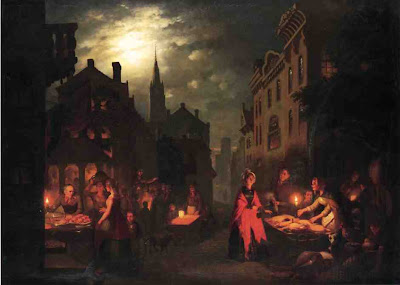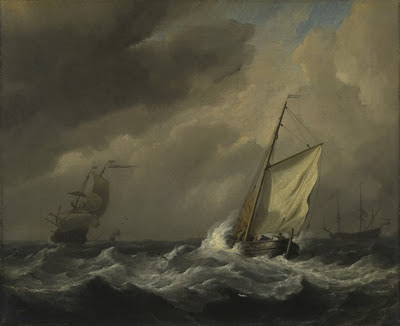The Concert was painted by Johannes Vermeer in 1664 and was
stolen in 1990. The painting features a harpsichord, singing and other
pictures. Items are thrown around in the foreground in a haphazard manner. These
items include jugs, carpet, mirrors and other items. The impression appears to
be a casual meeting within a manor or home familiar to the author.
The meaning seems obscure and many don’t understand what message
the painter is trying to portray. There are some hints with the paintings on
the wall. Many have come to the conclusion that the author is trying to discuss
harmony but hinting at something improper by nature. A special time and a
special place with each member focused squarely on the process of music
production.
It is also possible to see a lute and violin by the table
indicating that this room may be one for music only. The people within the
painting are completely unaware they are being observed indicating that they are
true musical lovers. The room appears to be a blend of the real and the
imagined indicating that Vermeer used both real objects as well as his memory.
The painter Johannes Vermeer was born around 1632 and died
in 1675. He was seen as a middle class painter that appeared to complete much
of his work out of local scenes as well as his home. Most of his paintings were
with women. He did not complete many paintings and appeared to take
considerable amount of time with each one which is apparent in their depth. His death left his family in debt.
Other Reading:



